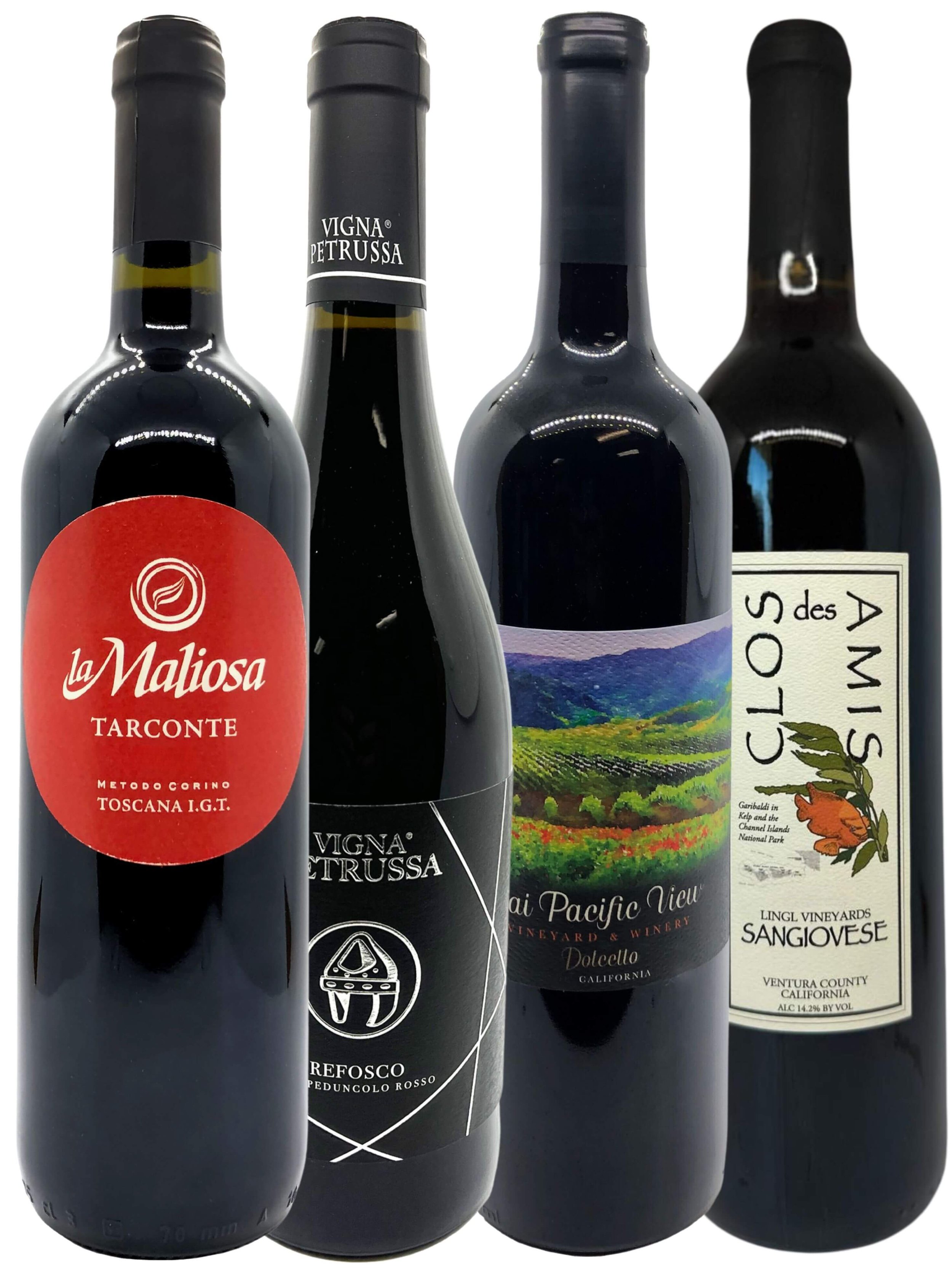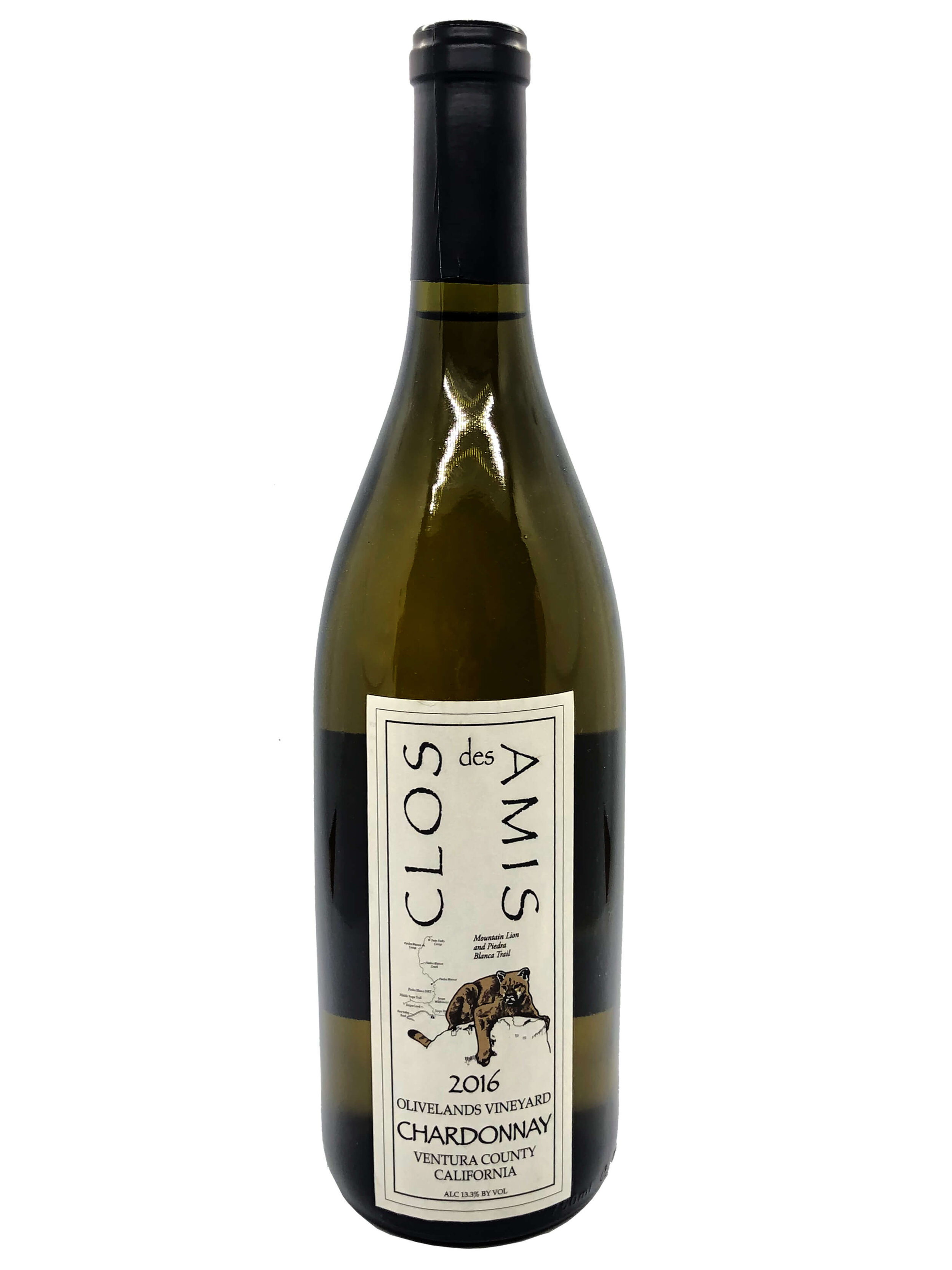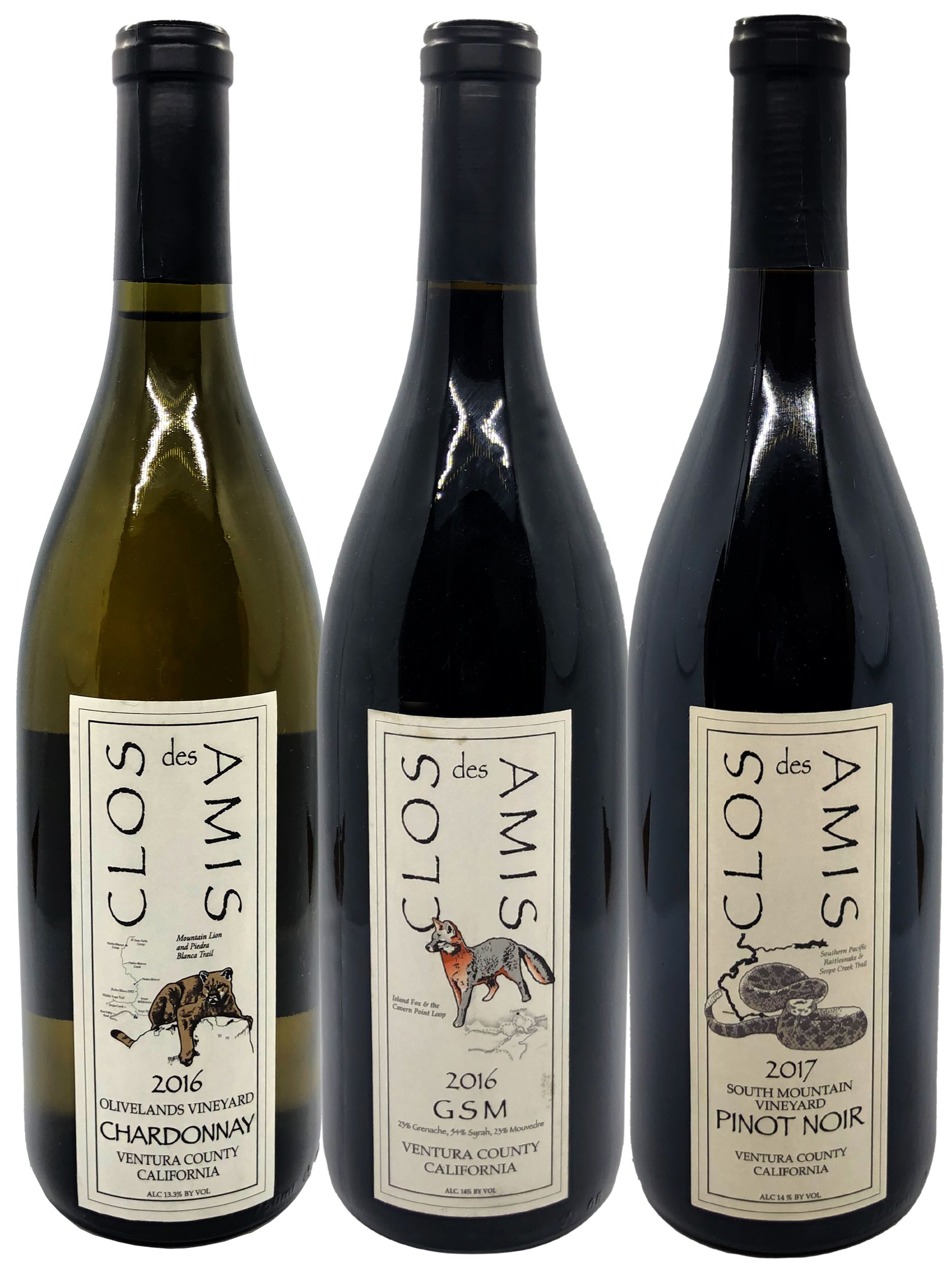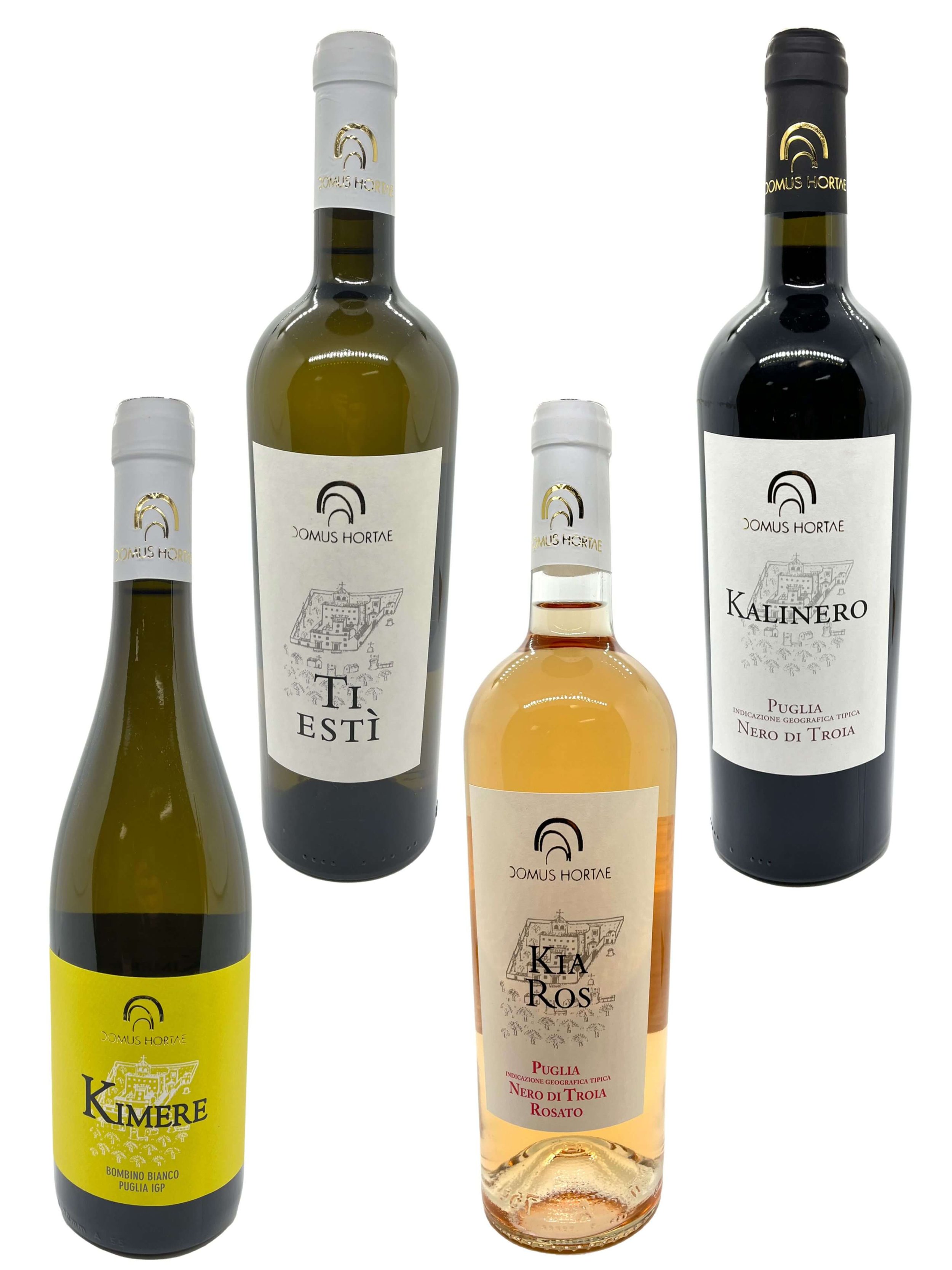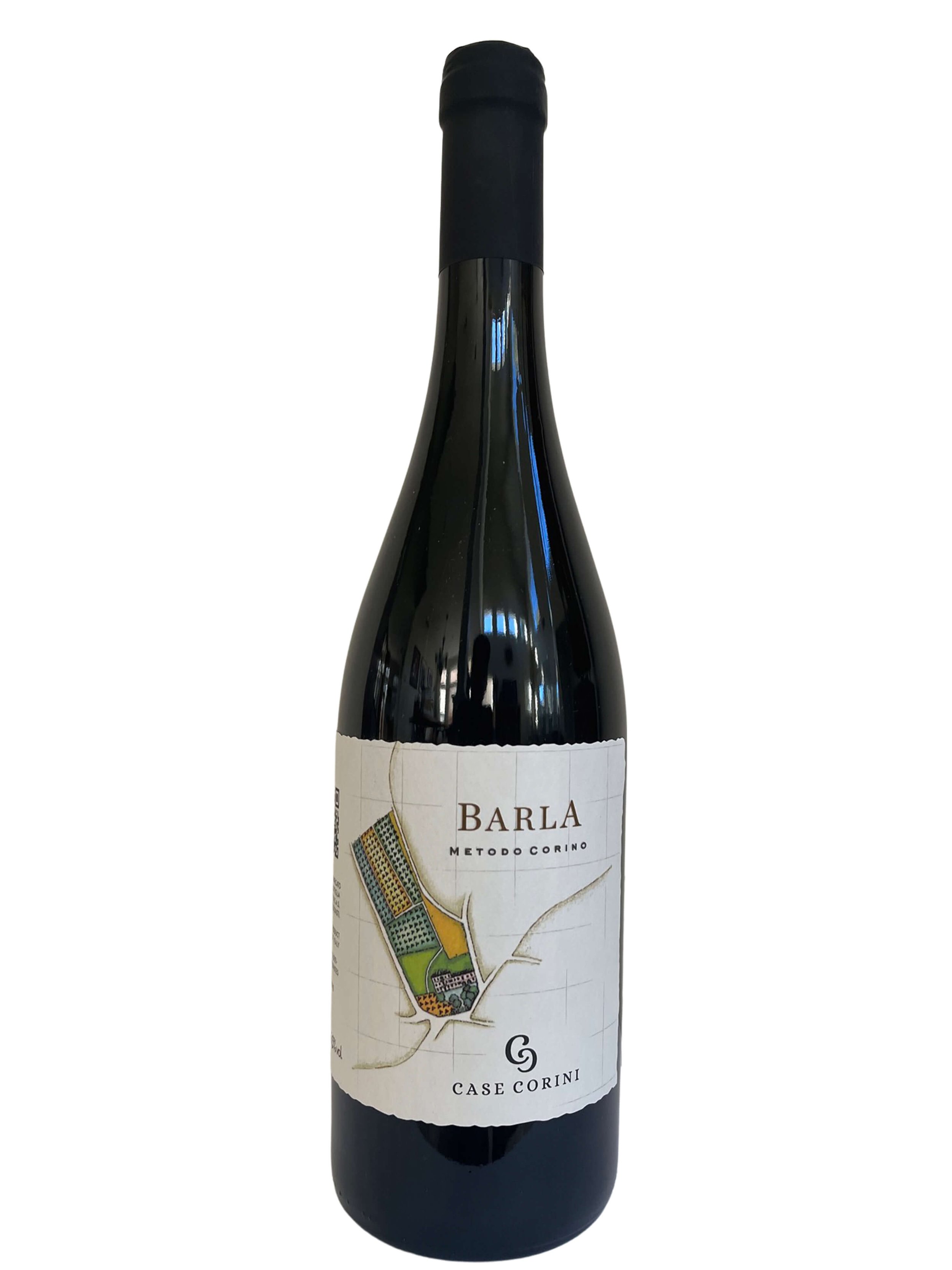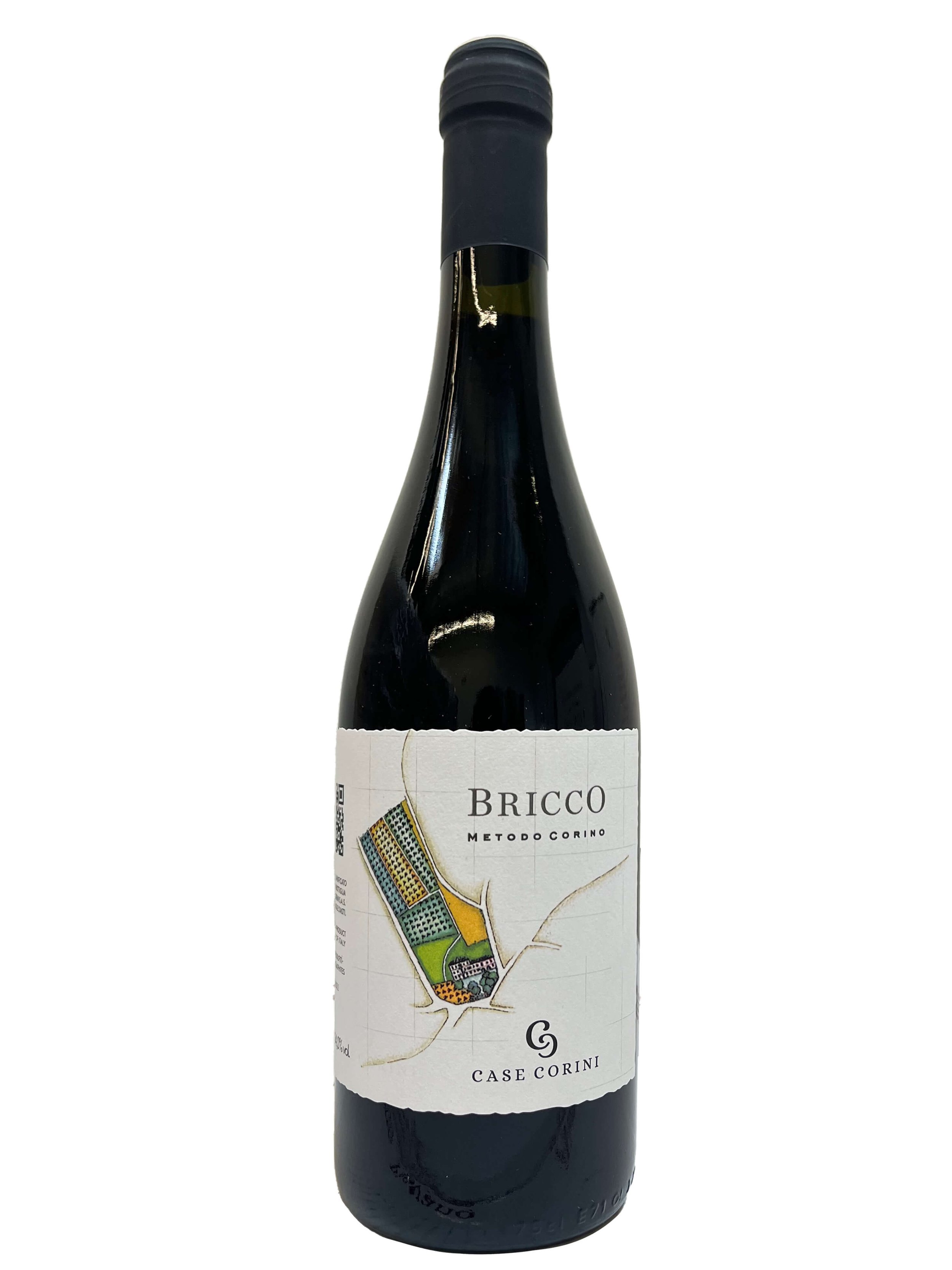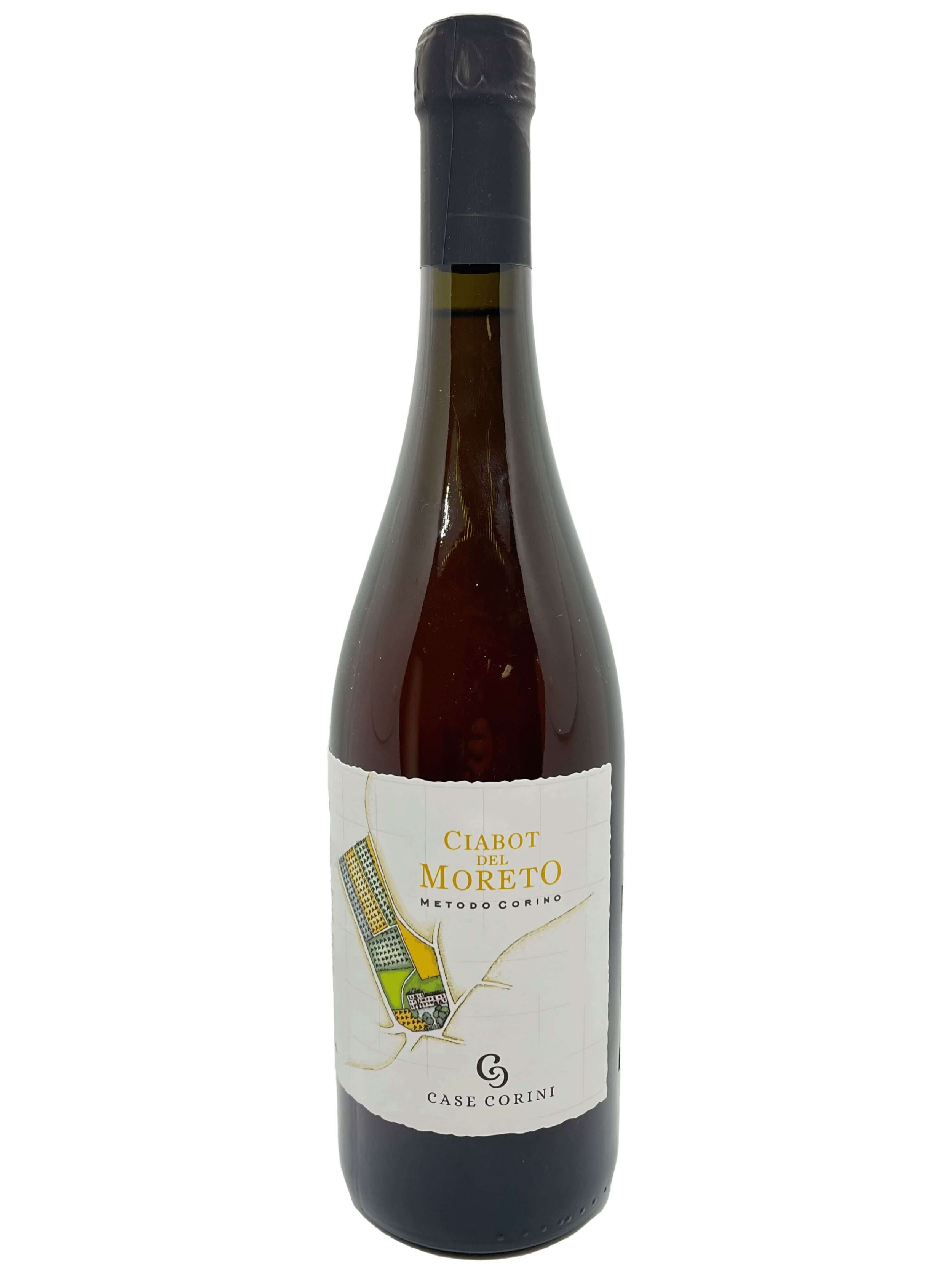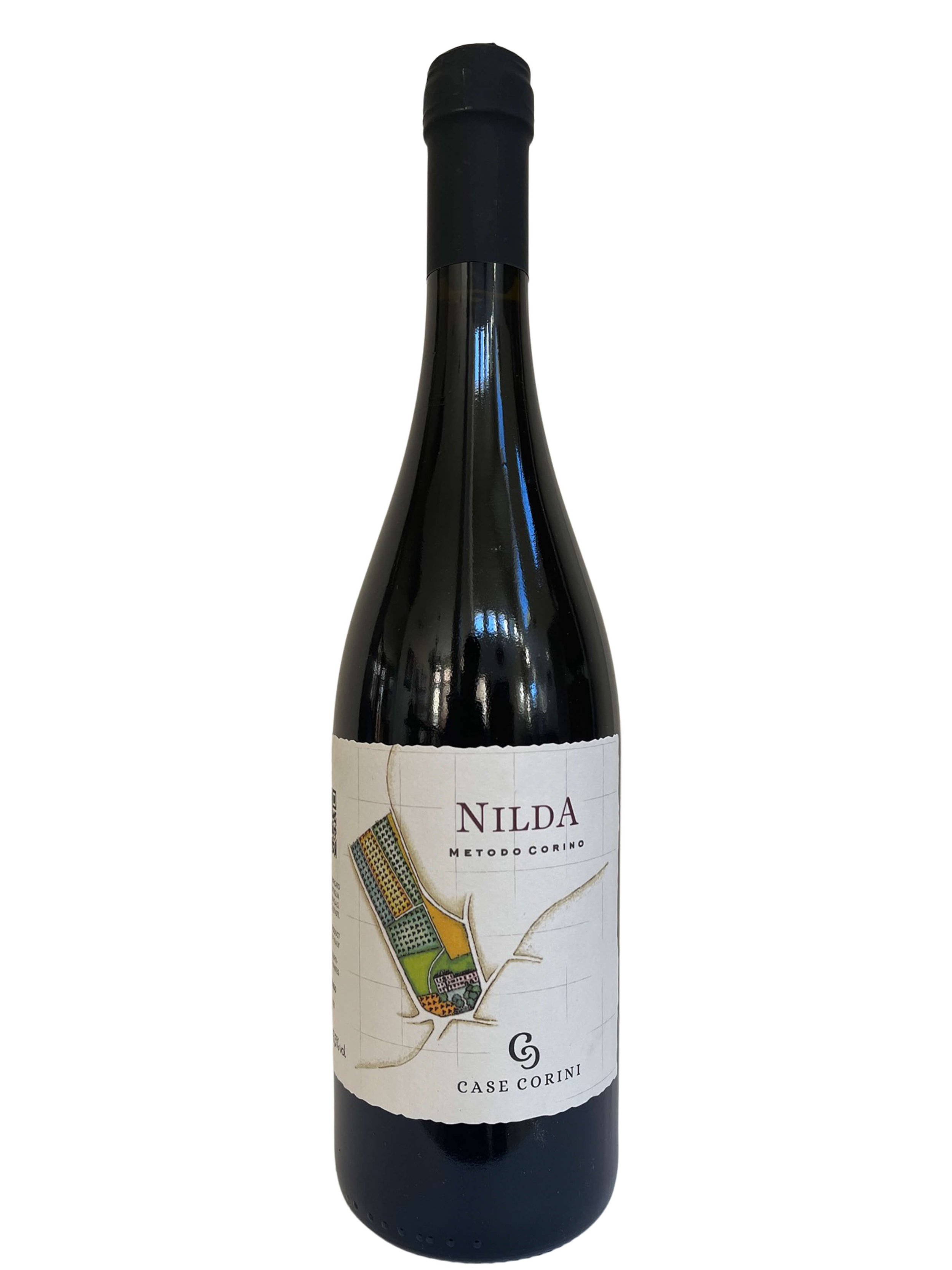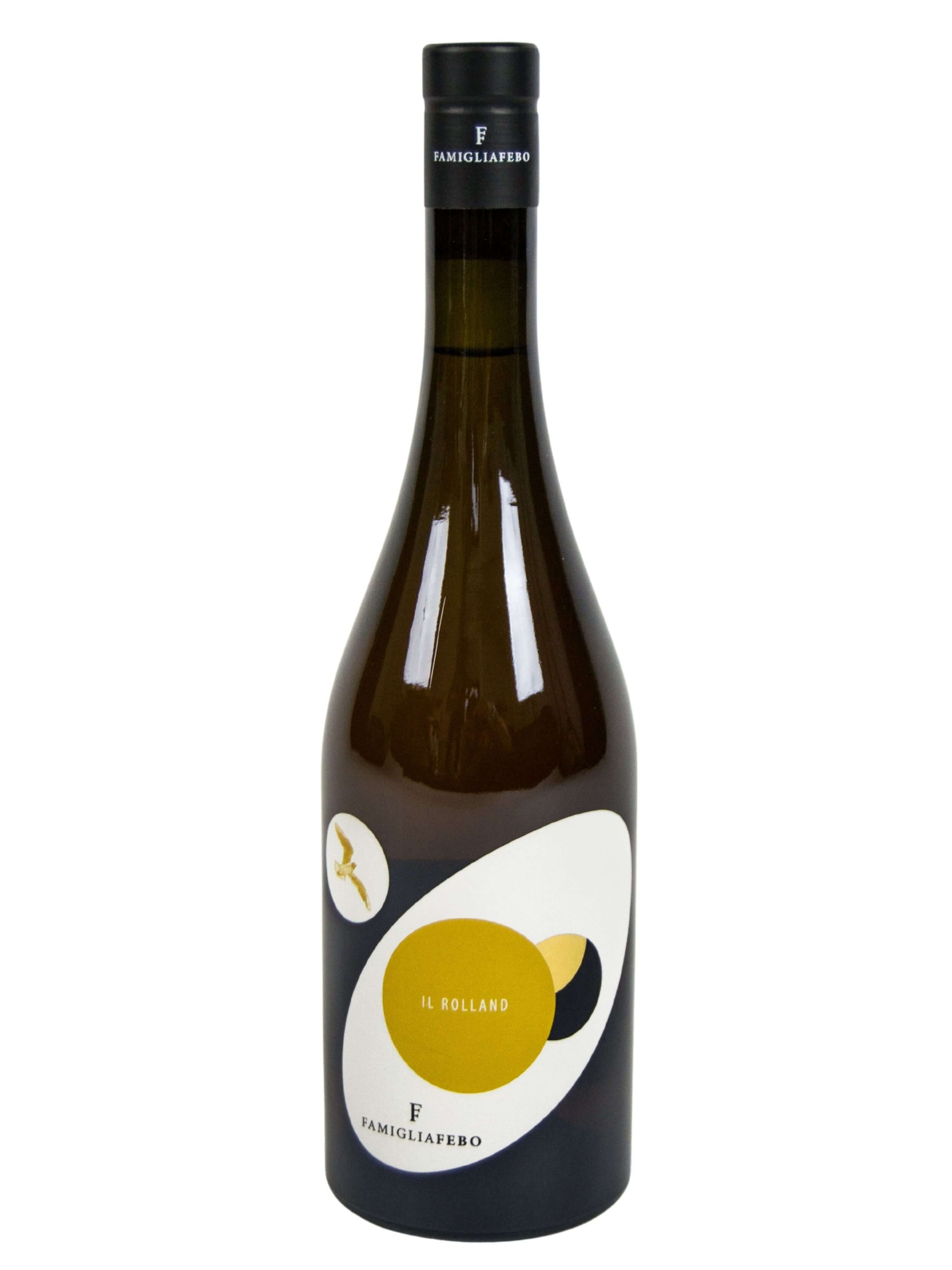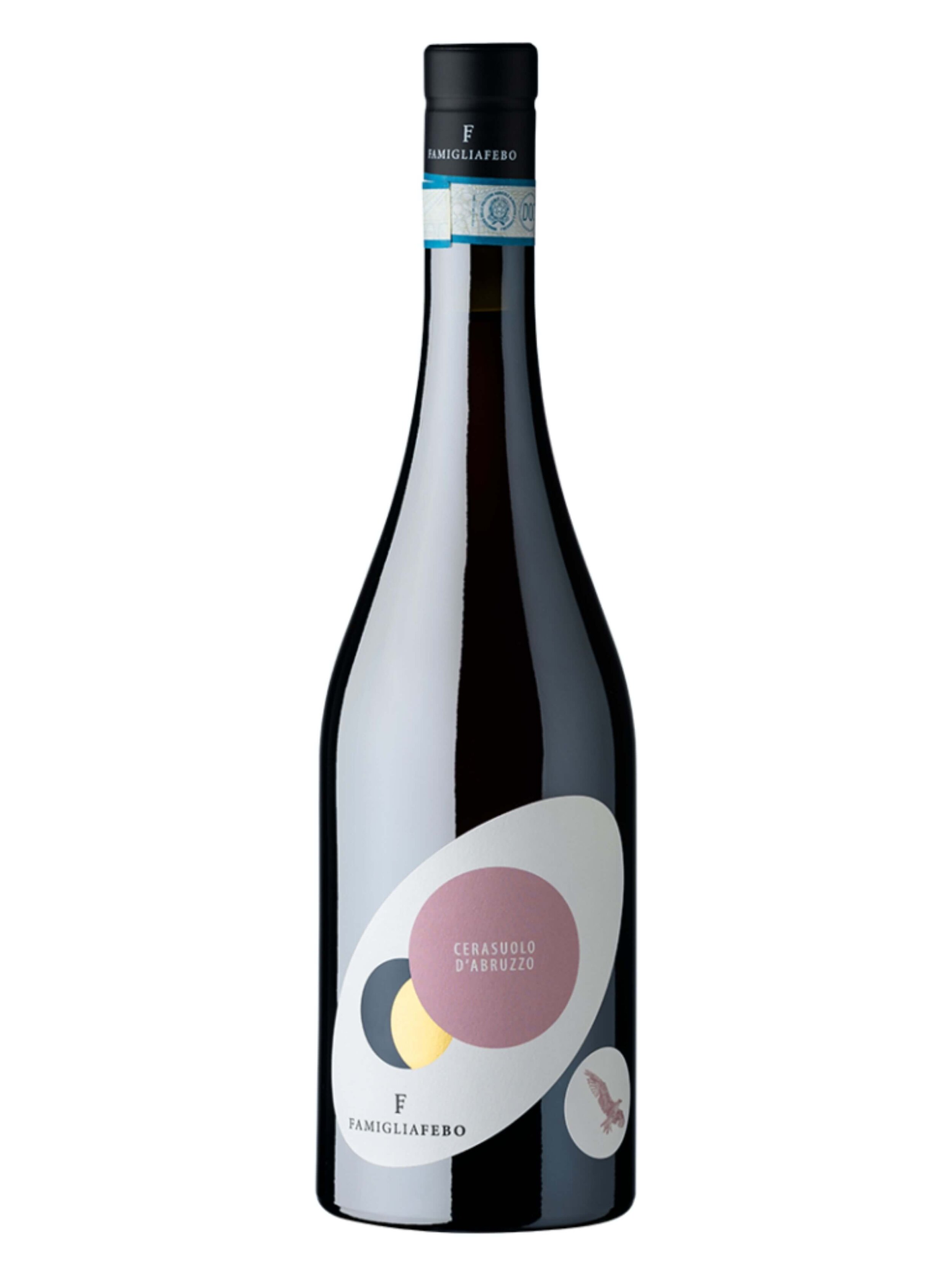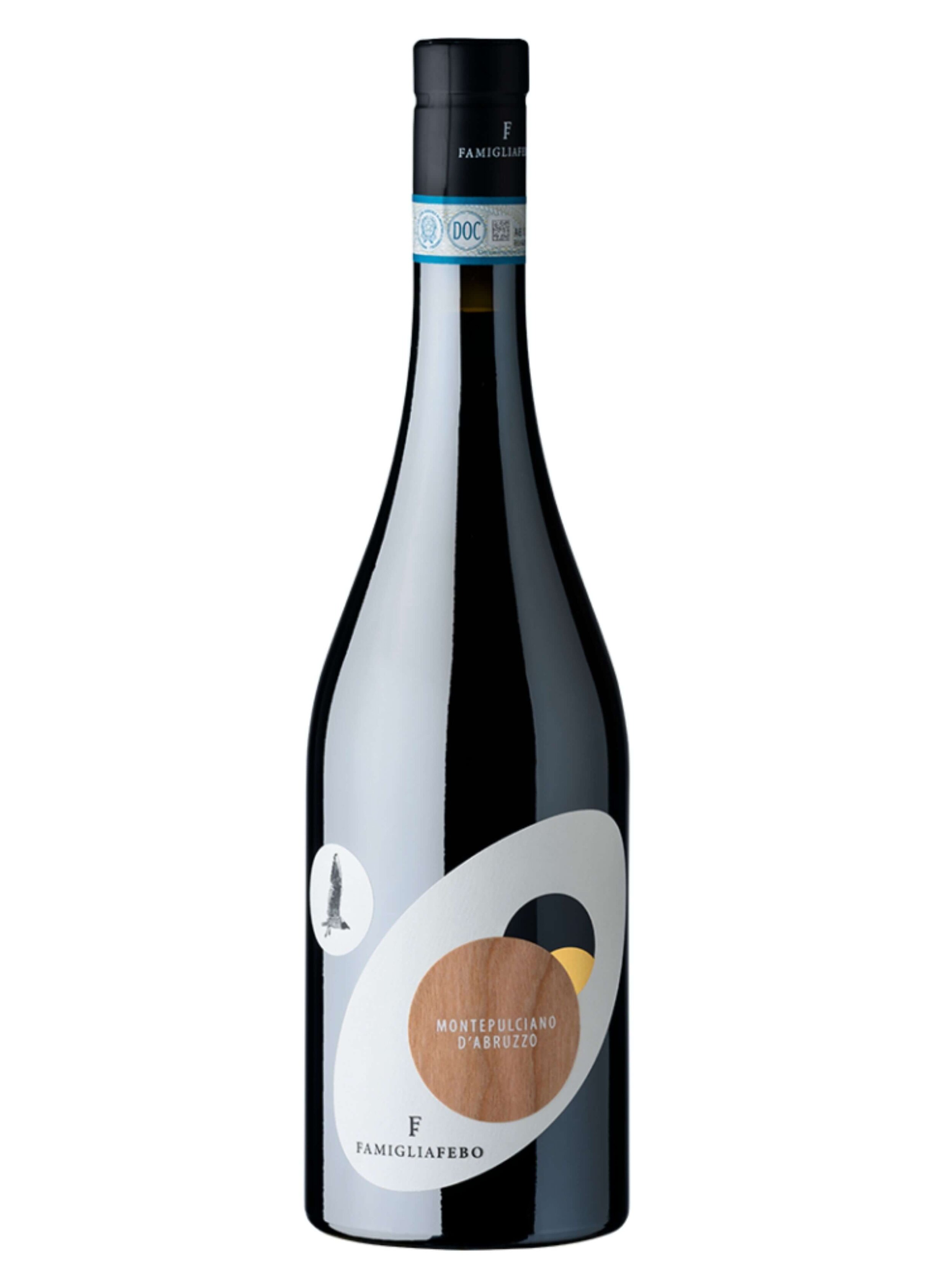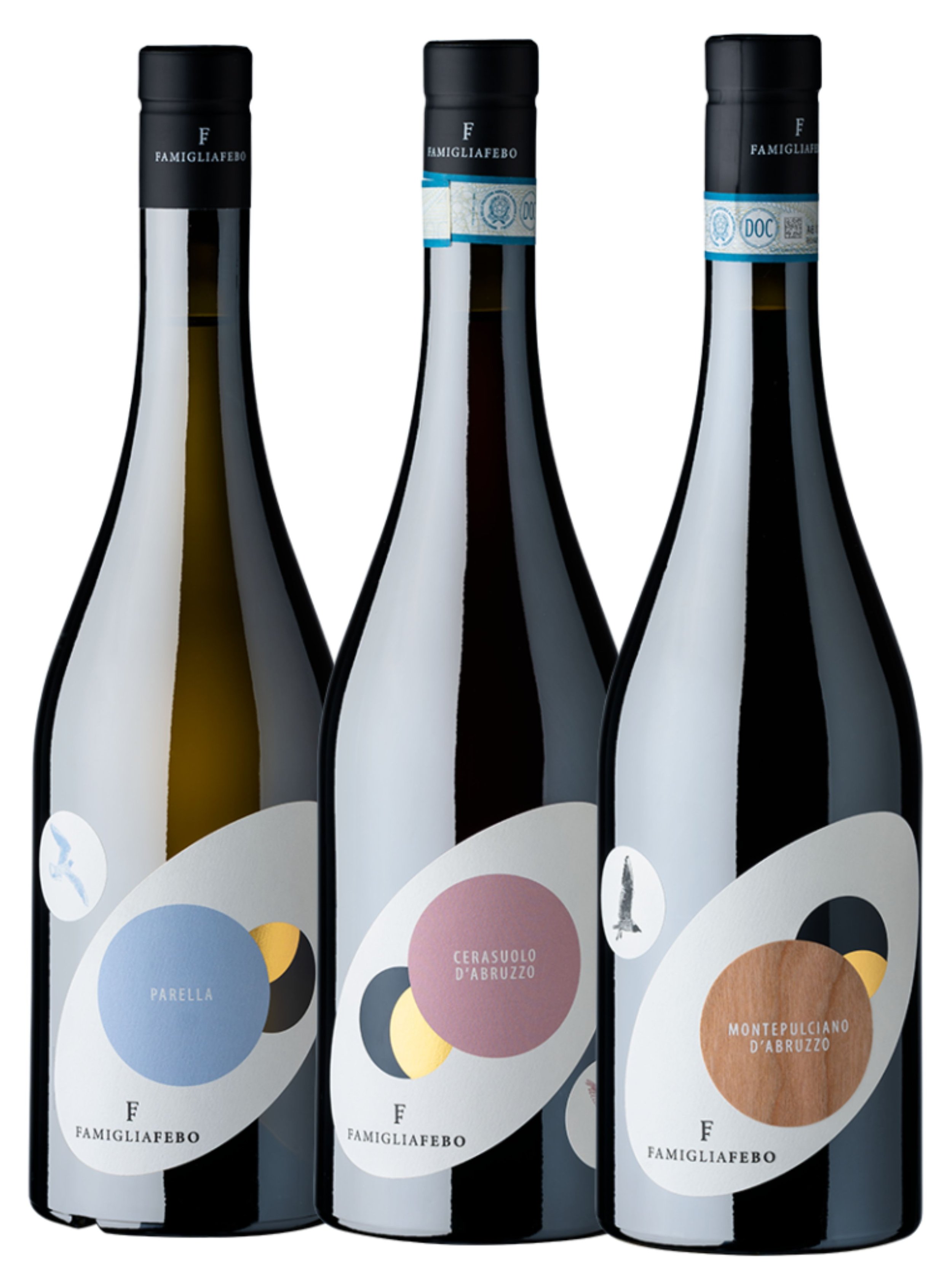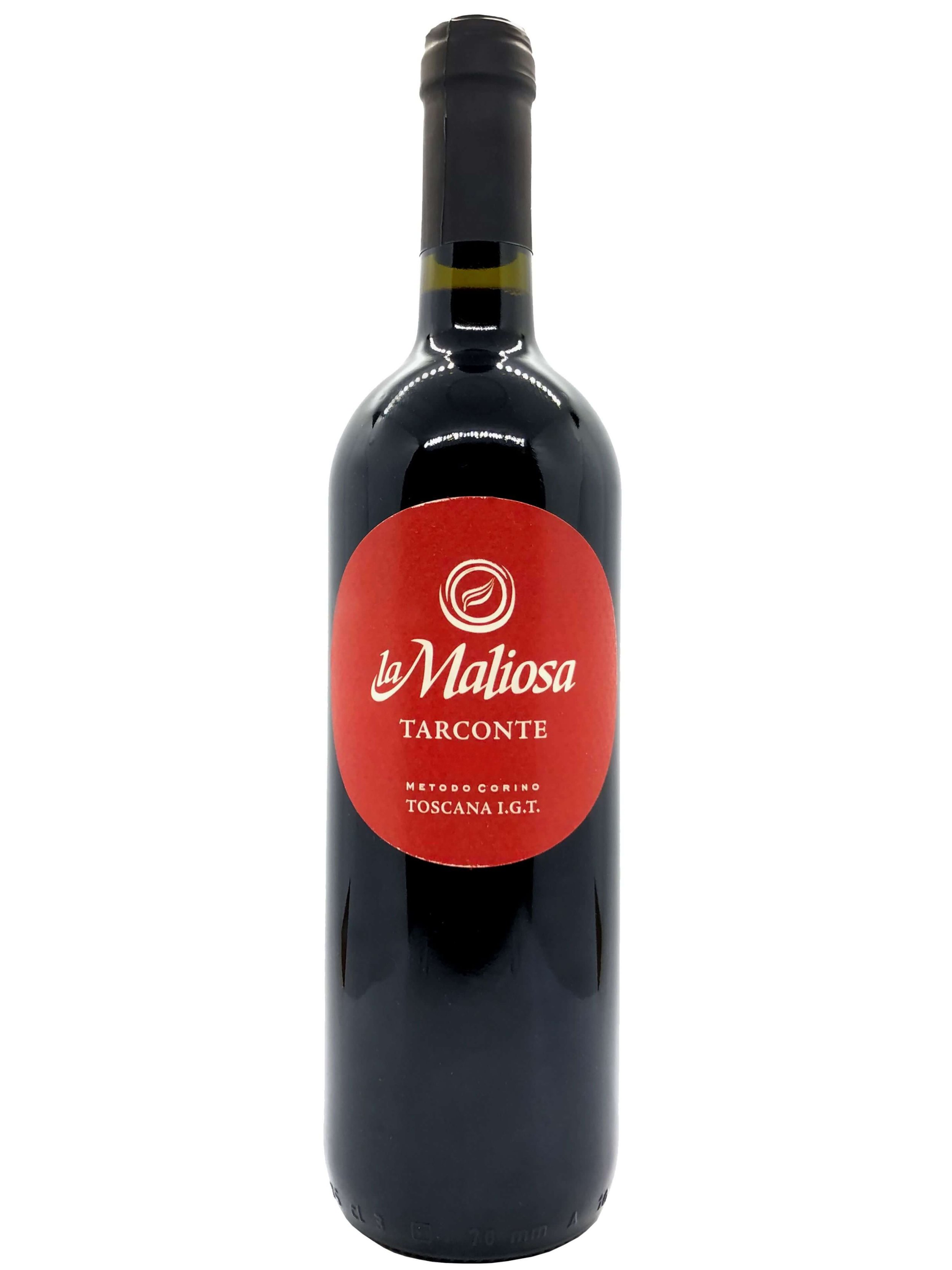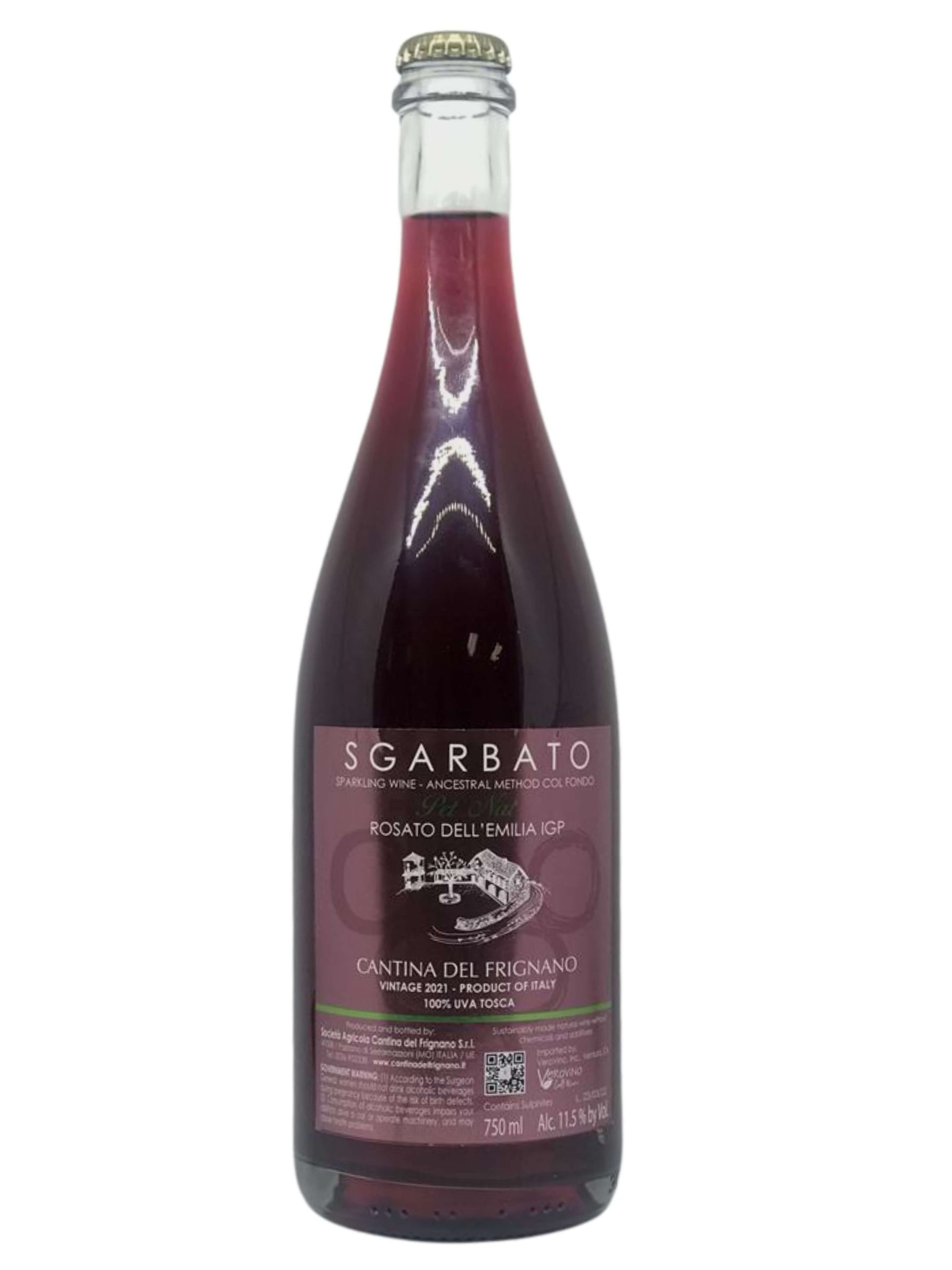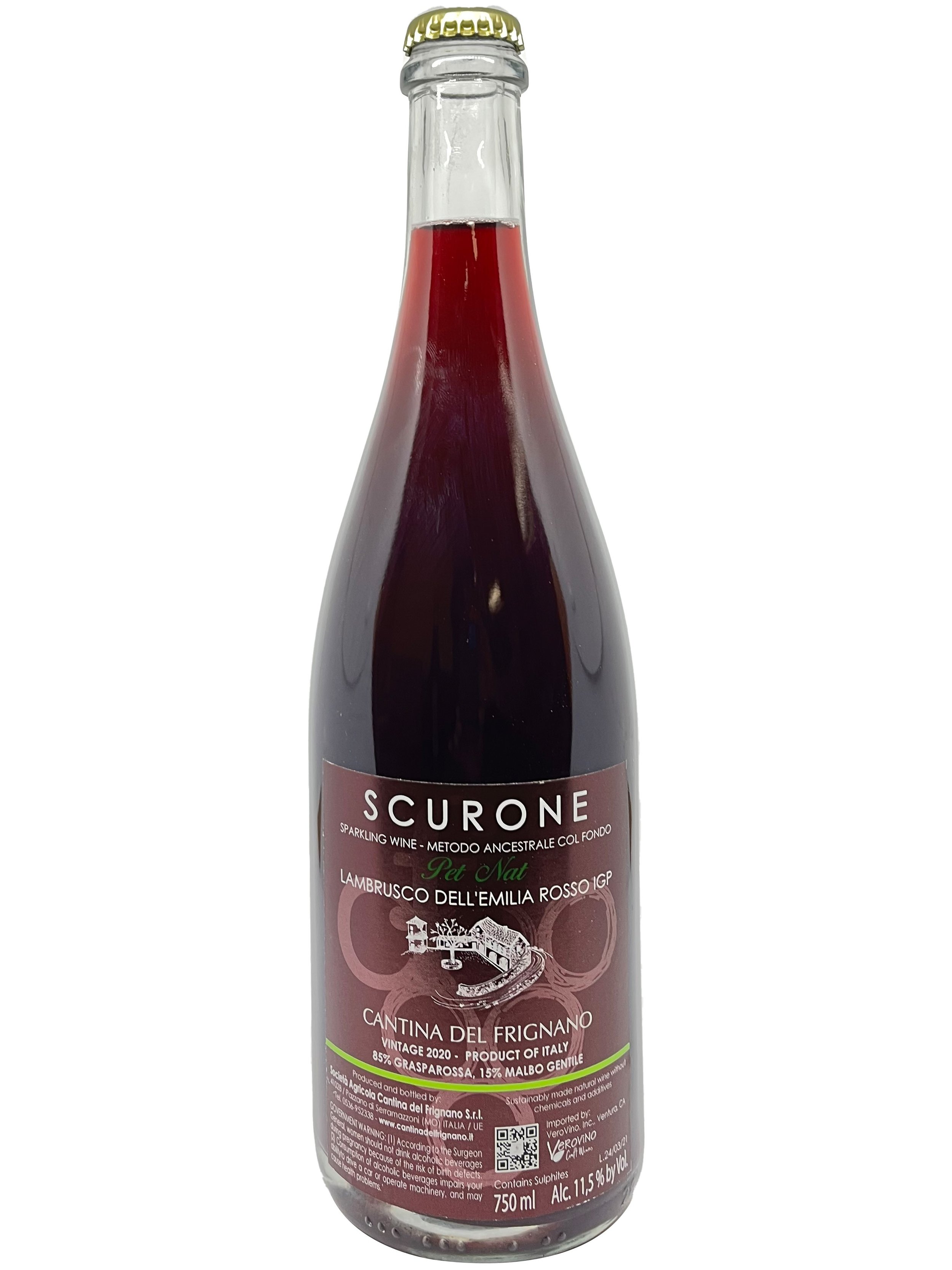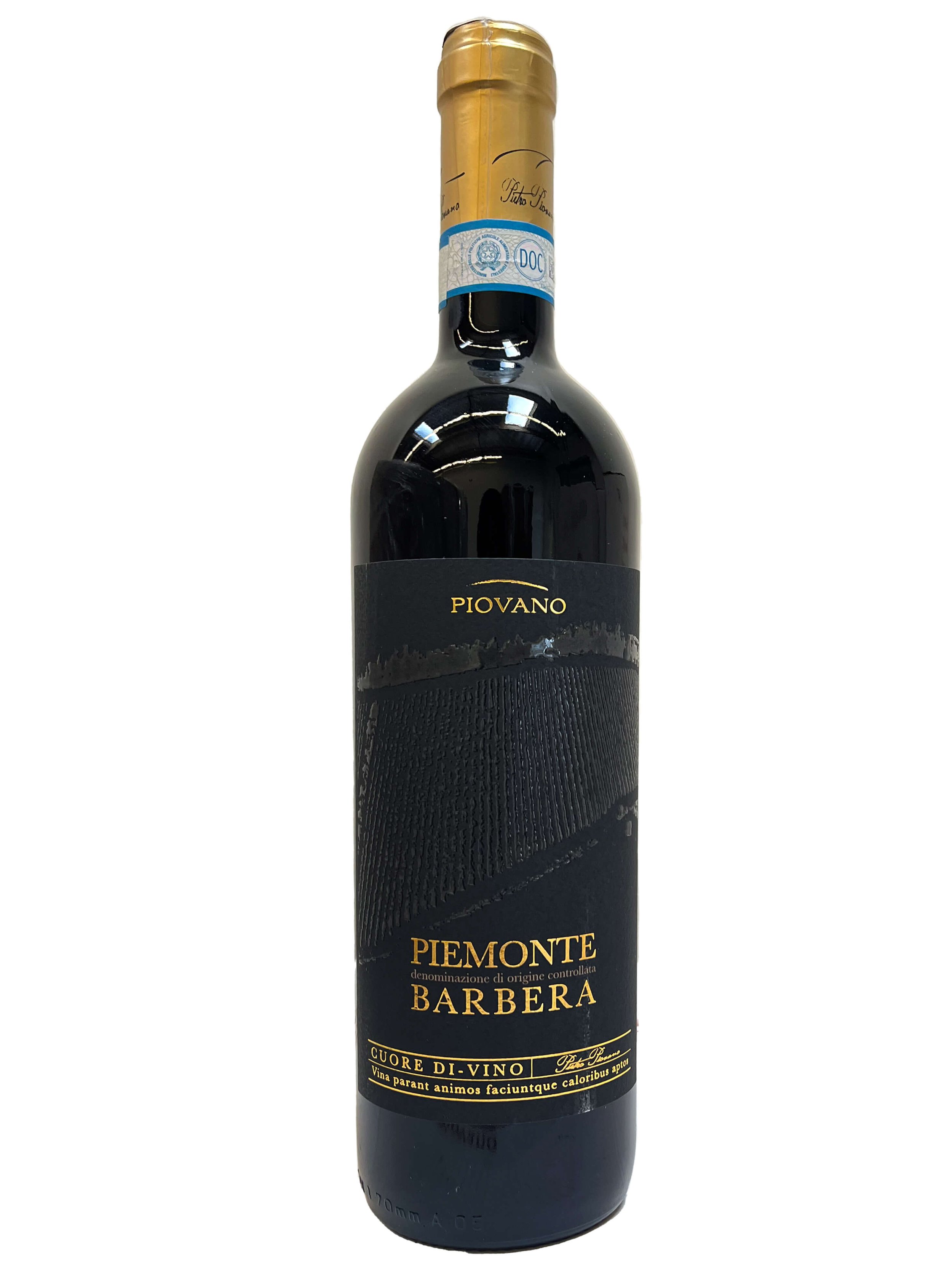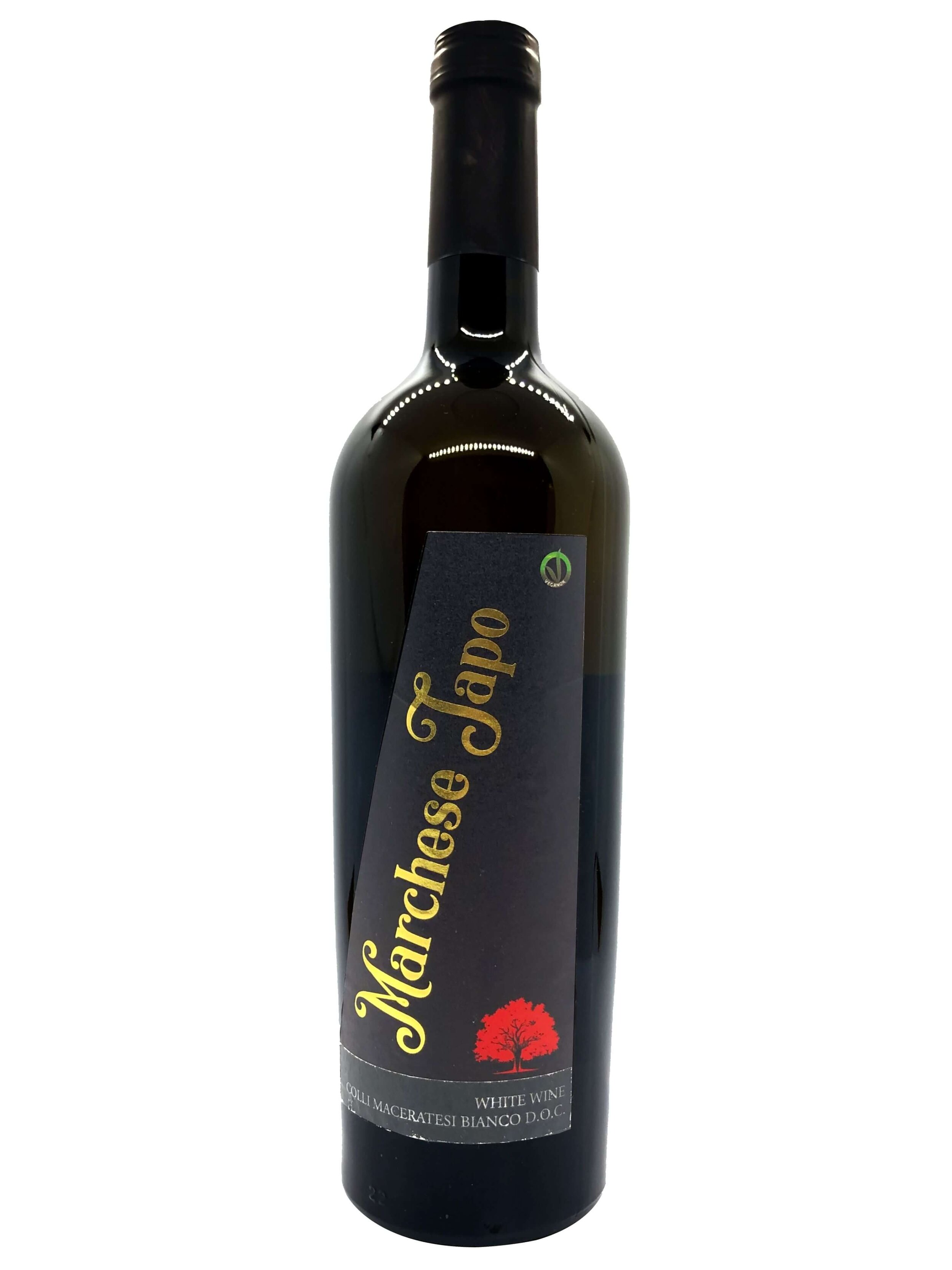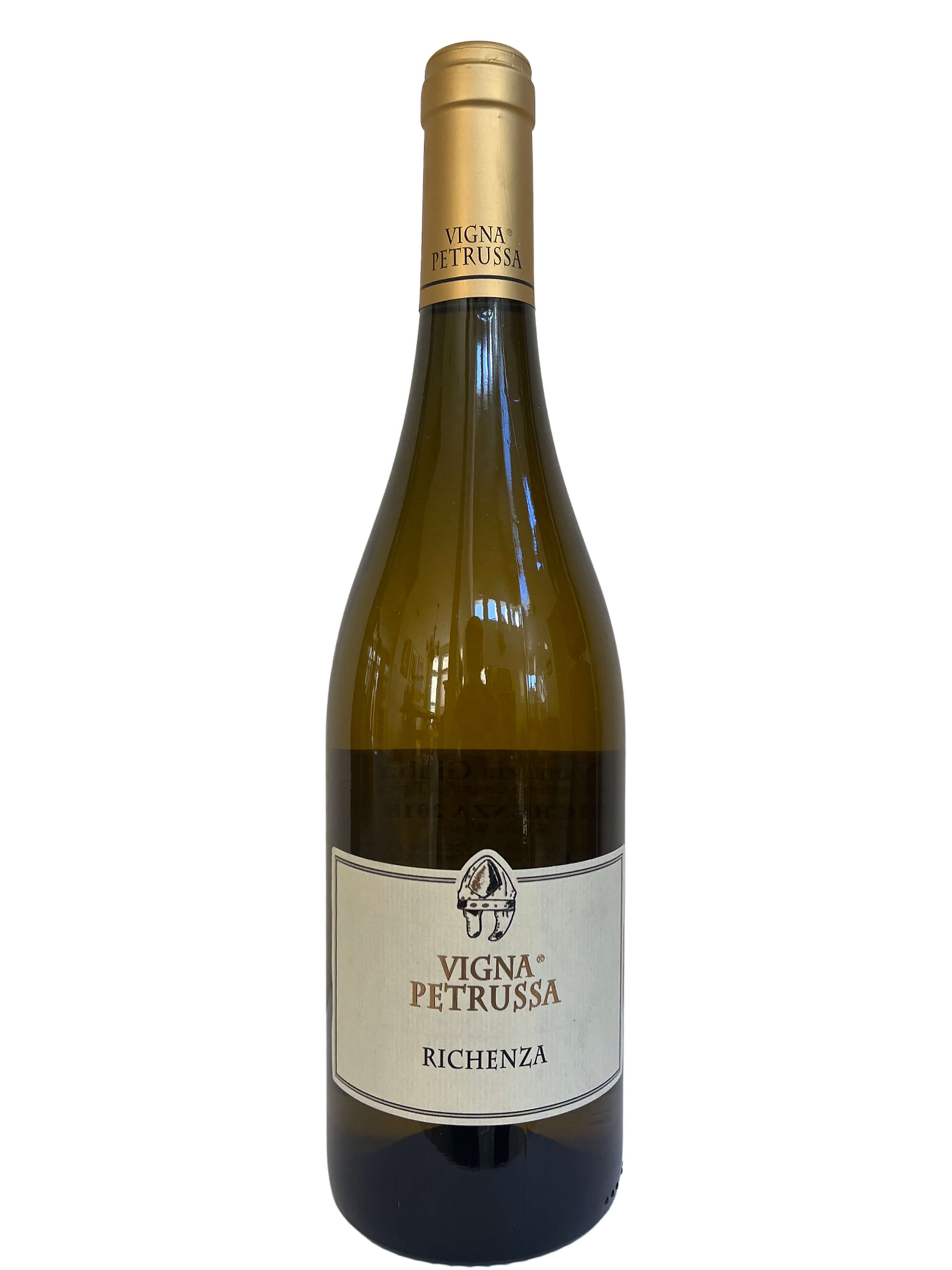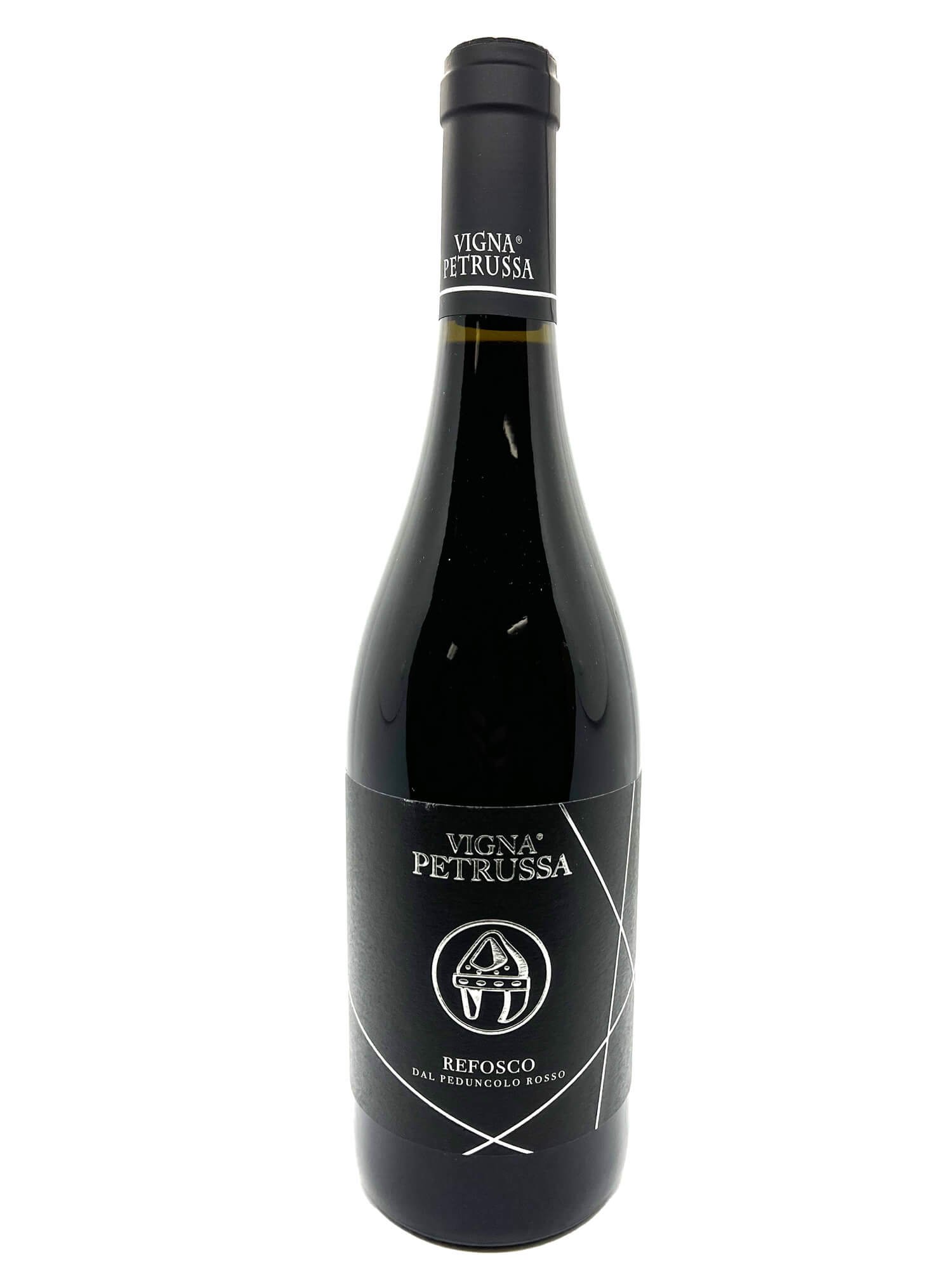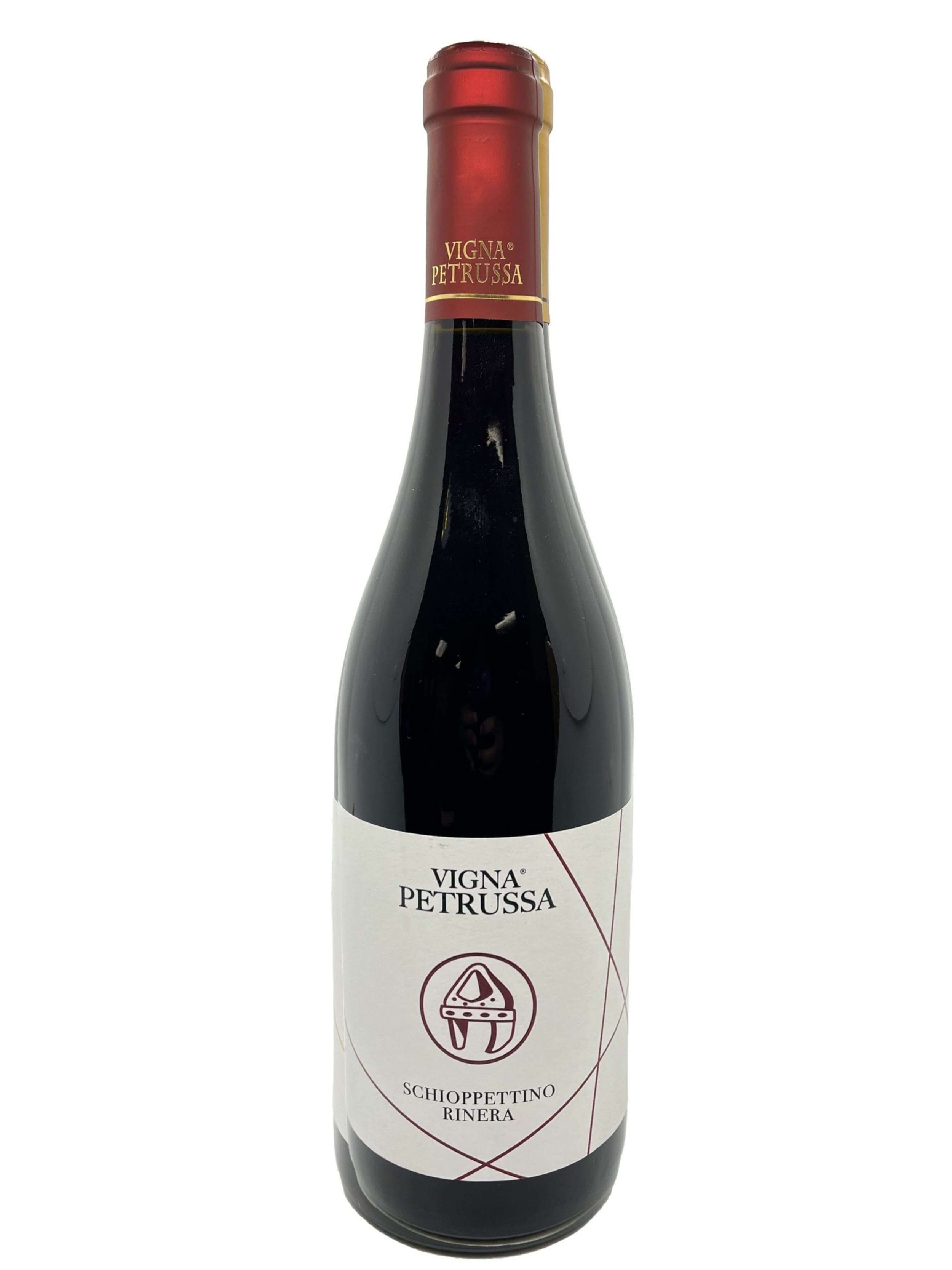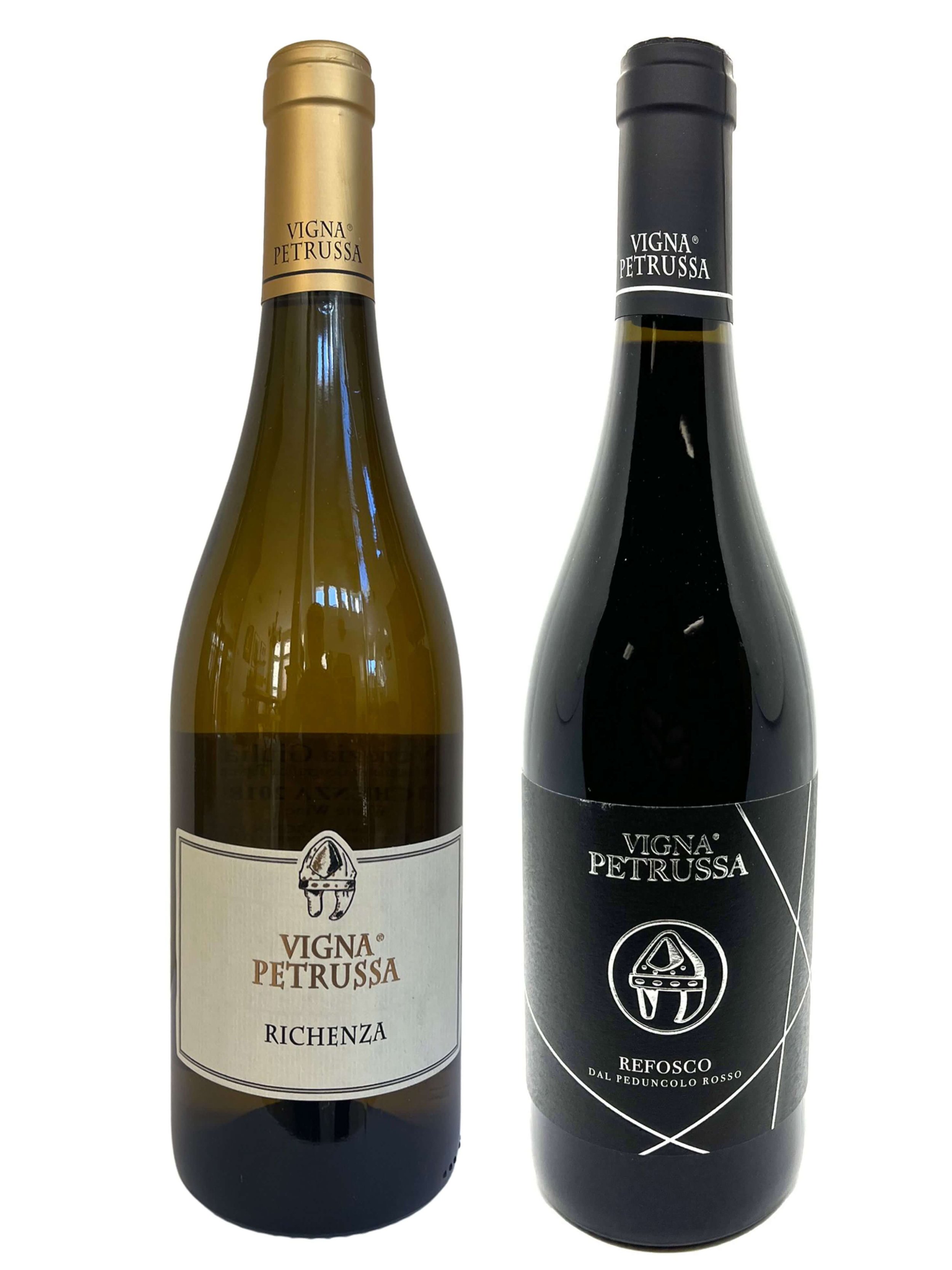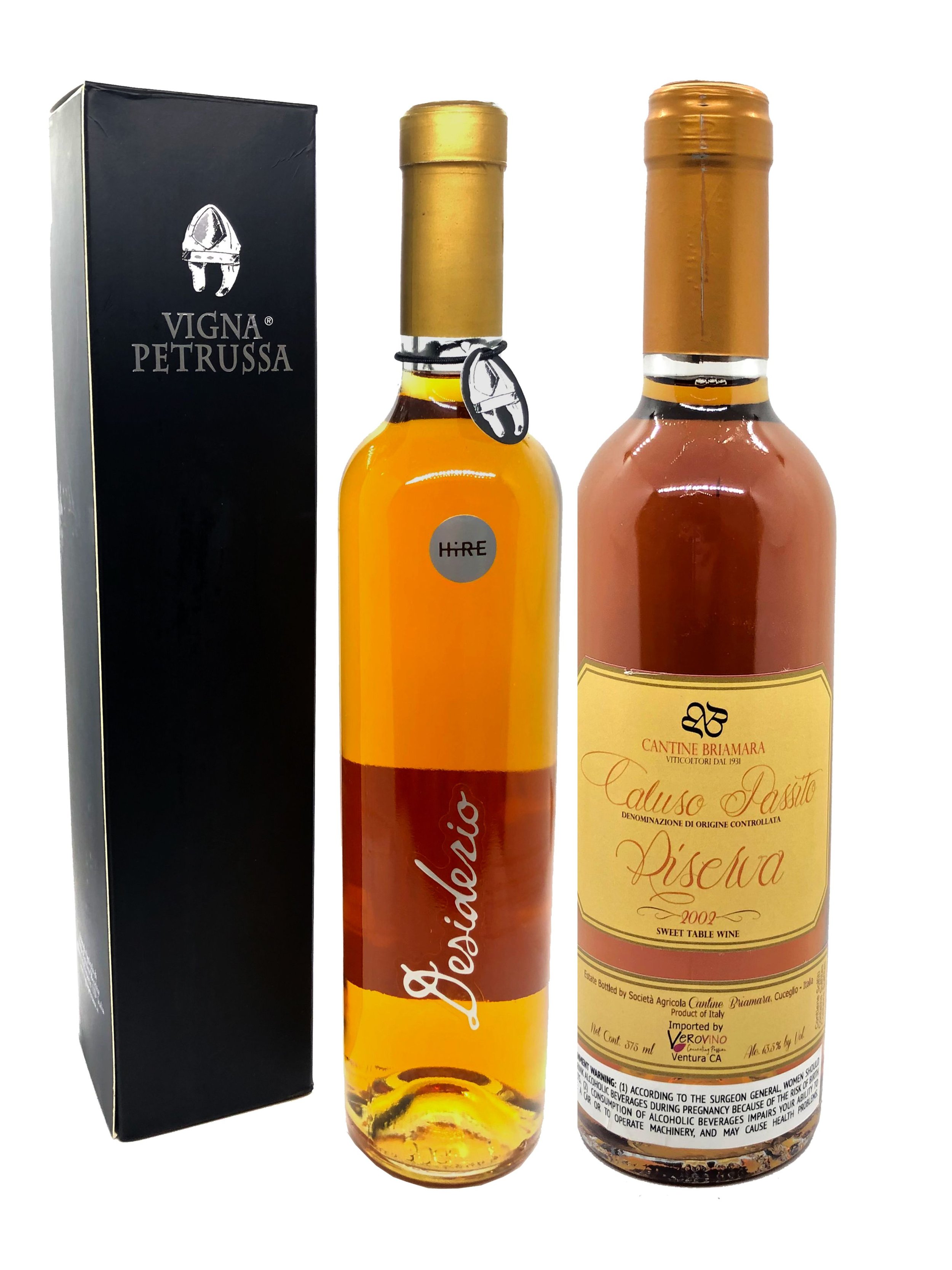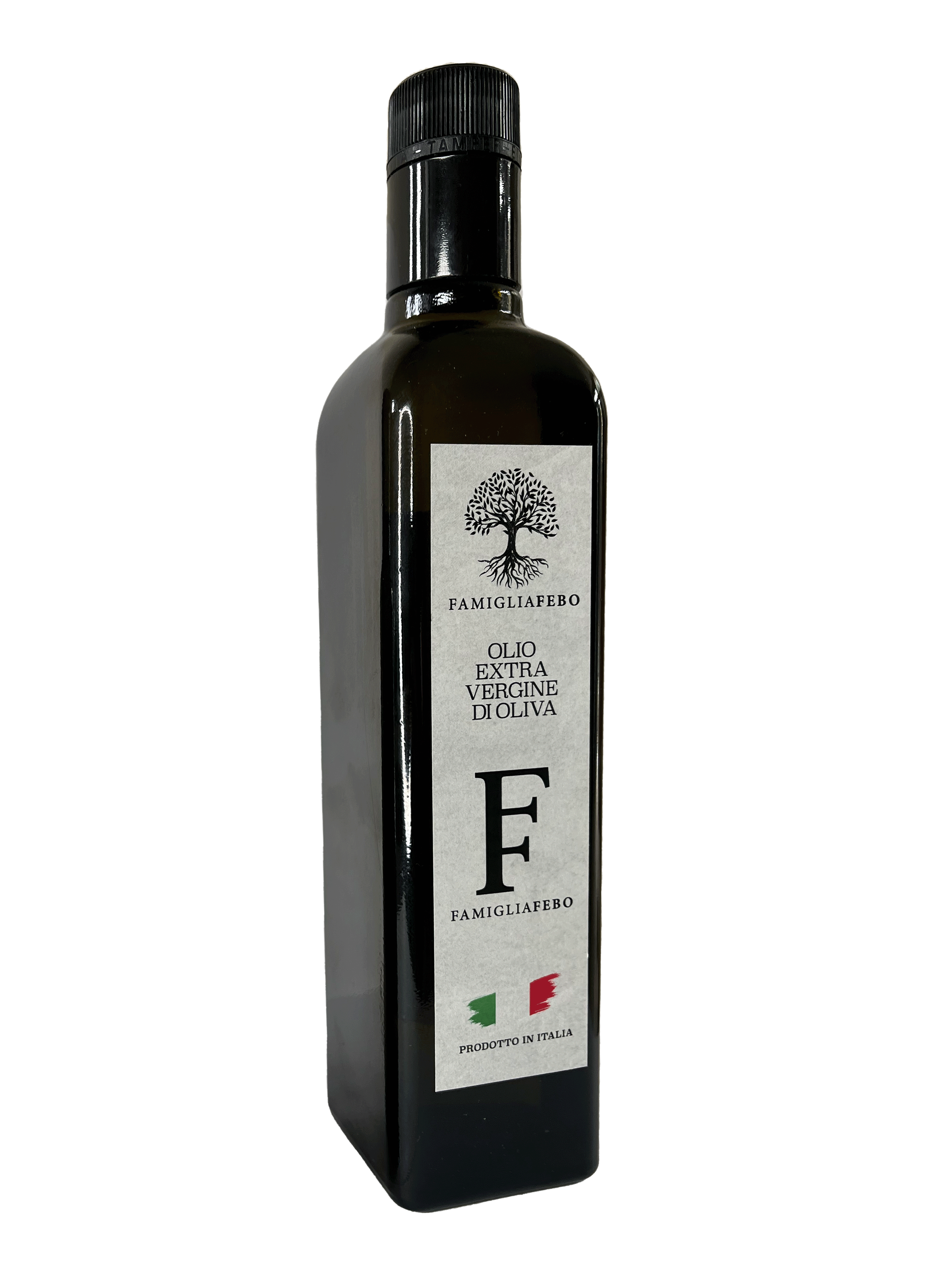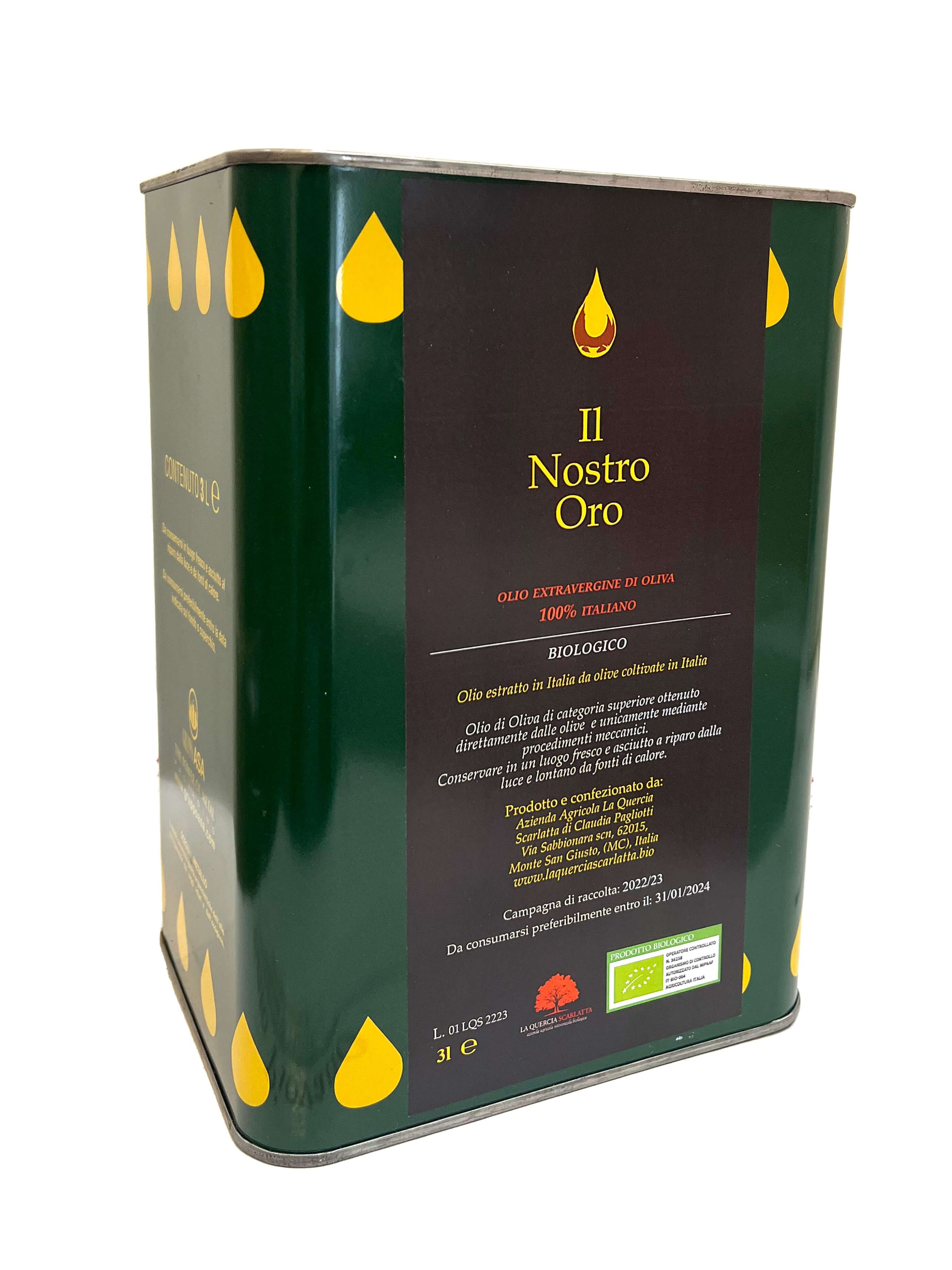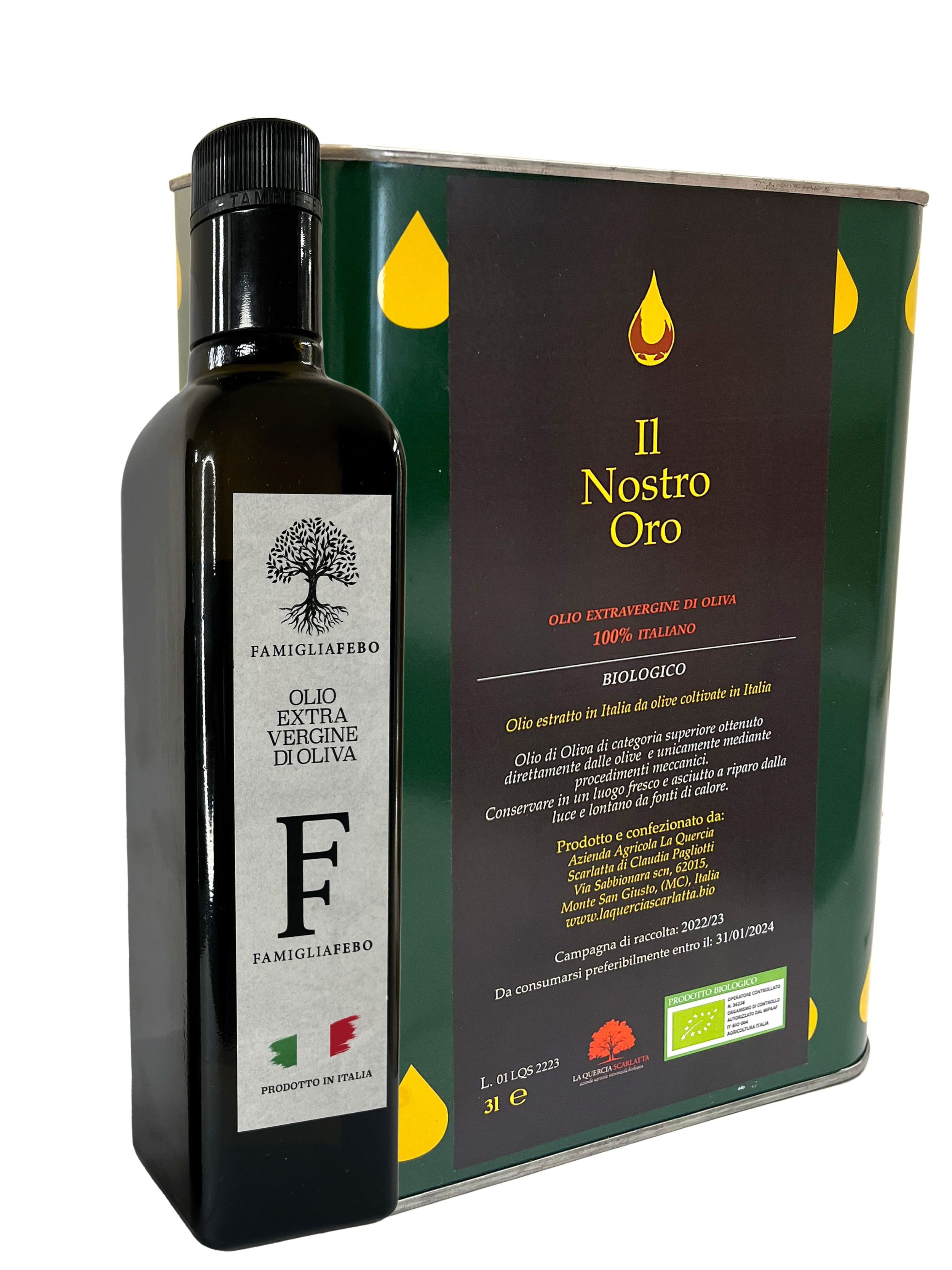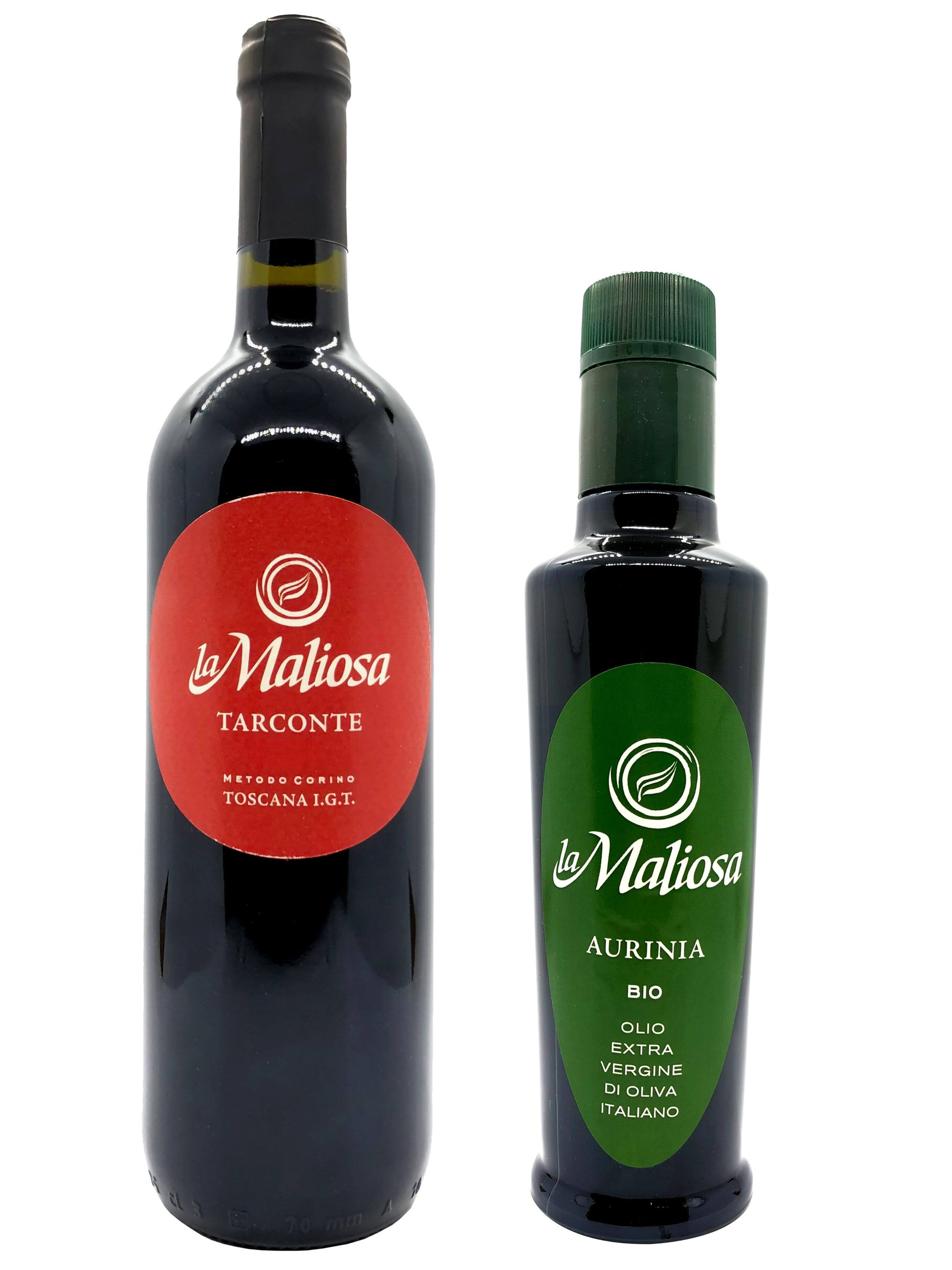Women in Wine Marching to a Different Beat
Woman in Wine Patti Mitchell of Ojai Pacific View, who decided to go against all the men telling her Dolcetto wouldn’t make a good wine in California. Then, she proved them wrong, growing and making a Double Gold Medal winning wine.
For centuries, the world of wine has been steeped in tradition, a realm often perceived as exclusive to men. But did you know that women made their presence in the world of wine from wine’s ancient beginnings? Thanks to their trailblazing, even today, women’s footprint in the world of wine is felt in all corners of the wine industry, from vineyard ownership to groundbreaking winemaking.
What is the true impact of women growing and making wine? How are they redefining wine? And, most curiously, does a feminine touch translate to a better wine?
Let’s look at the place of women in wine, going back women through history and also looking forward into the future with women who are looking to redefine the sector today.
Women in Wine Through the Ages
Women were key drivers in winemaking in ancient times, but their presence and influence got lost somewhere along the way. It is just recently that women are increasingly taking the reins in the wine industry, not just in ownership but also in winegrowing, winemaking and managing and running wine businesses. There's something to be said for the meticulousness often associated with femininity, which can translate beautifully to the delicate art of hand-harvesting grapes or monitoring the artful and creative side of winemaking. This isn't to say women are solely bringing a "gentle" touch; they're also shaking things up with innovative techniques and a fresh perspective. The result? A wave of exciting wines that reflect the dynamism and diversity women bring to the industry.
But where did all of this start? Not as recently as one might think; women have had an important part of wine throughout history.
Evolving Roles in the Vineyard and Cellar
From the earliest days of grape cultivation, women have been deeply intertwined in the world of wine. Evidence from ancient Egypt depicts women not only harvesting and pressing grapes, but also participating in rituals surrounding wine. This connection is further solidified by the prevalence of female wine goddesses in many ancient civilizations, suggesting women played a significant role in both the cultivation and production of wine. In fact, Dr Liz Thatch theorized in her article Women in Wine in History that most likely women were the ones to first “discover” fermenting grapes for wine, as they were historically the ones to handle gathering and storage of food goods.
Luisa Corino, a member of the 6th generation of winemakers of Case Corini, is the first woman to be at the helm of the family’s wine business.
And powerful women have left their own mark too. These were women like the Countess Matilde di Canossa, who in the Middle Ages in Italy wielded significant political influence, and was known to not only appreciate wines but to also spearhead that production of wine, such as Lambrusco. Going back further to ancient times you find women appreciated white wines made with extended skin contact, such as how Roman Empress Galla Placidia referred to her favorite Albana sweet wine as “drinking liquid gold;” the inspiration for this metaphor is partially thanks to the albana grape’s thick skin and, most likely, having applied the historic tradition to make wines using native yeast fermentation and to preserve them with longer macerations, thus creating a deep golden or amber color like an orange wine.
However, the modern era has brought a resurgence of women's involvement across all aspects of wine production. Today, women are owning wineries, running vineyards, and crafting award-winning wines, bringing their unique perspectives and skills to this ever-evolving industry. Cultural restrictions that once limited women's participation in winemaking are becoming relics of the past. These new trailblazers are women in wine like many of our very own Vero Producers.
Women Winemakers Marching to a Different Beat
We feel that there is a certain special quality that women bring to the world of winemaking. They often possess a unique perspective, one that isn't bound by tradition or established norms. This allows them to "march to a different drummer," as the saying goes. They're unafraid to take risks and experiment with new methods or saving indigenous grape varieties, pushing the boundaries of what a wine can be.
Perhaps it's because they haven't always been fully welcomed into the industry, so they haven't felt the pressure to conform to existing standards. We also have seen, thankfully, barriers in the wine industry breaking down, encouraging all genders, and races too, to make wine and get involved in the wine industry. Likewise, thanks in part to younger generations starting to embrace wine, the “stuffiness” which has been the image of the wine industry for years in America has been slowly going away, thankfully. This is helping to democratize wine and make it more approachable and meaningful to all.
The results are exciting and diverse. We're seeing a rise in unique wines being produced and this spirit of innovation is a major reason why women winemakers are making such a significant impact on the industry, offering us entirely new flavor profiles and wine experiences. This is true for woman-founded Vero as well. Founder Sheila Donohue loves to find the wines not yet available in the US, searching out rare grapes and unique winemaking styles. She has found, that oftentimes, there are women behind these wines: let’s have a look at a few of them.
Antonella Manuli and La Maliosa
A trailblazer and pioneer of regnerative agriculture and natural wine, Antonella Manuli is the founder of La Maliosa farm and biodyanmic winery. She left a career in Milan to move to Maremma in Tuscany, seeking a change. There, she began working with natural wine legend Lorenzo Corino to create the patented Metodo Corino, a method of biodynamic, regenerative agriculture and natural winemaking. With this Metodo Corino, Antonella and La Maliosa uses sustainable practices in the vineyard and avoids additives like yeasts or sulfites in the winemaking process to create expressive and delicious natural wines. Focusing on indigenous Tuscan varieties, they make a number of vegan wine and Italian olive oil. She is also dedicated to promoting her local area and tourism, with the winery offering experiences like tastings and glamping, allowing visitors to fully immerse themselves in the world of biodynamic wine.
Antonella Piatti
In the Caluso area of Northern Piemonte, Antonella Piatti was the first in her area to be organic, and even started the winery with the intention to be certified organic from the beginning. She began working in the Canavese wine world with her husband before starting her own winery. Antonella studied winemaking at university and had a dream of opening her own winery. In 2000, that dream came true and she opened a certified organic winery, the first in her area. Specializing in local grapes from the Canavase, the Antonella Piatti Falavospa Erbaluce is a mineral white wine Italian style that is only steel tank aged.
Hilde Petrussa and Vigna Petrussa
Vigna Petrussa is an Italian winery in the North Eastern corner of Italy, Friuli Venezia Giulia. The women of the Petrussa family has been making wine in Friuli for now three generations. The first generation, Pina, transformed the family winery to become the family’s main livelihood after her husband passed away at a young age, leaving her to care for her 2 young daughters on her own. She was the first to be running a winery in male dominated North East Friuli near the border of Central Eastern Europe. All along, Vigna Petrussa has been committed to using sustainable methods of farming and winemaking that honor their history and terroir. Hilde was instrumental in getting her beloved schioppettino grape back on the Italian wine map after it was outlawed. Having learned and been inspired by her winemaking mother, Hilde she is now passing on her knowledge to her own daughter, Francesca, who works alongside her in making their Italian wine.
Part of Hilde’s legacy is that she isn’t afraid to get creative in the cellar. Take, for instance, their Rebusson blend. Unlike traditional methods, they first vinify the cabernet franc grapes. Then, instead of discarding the leftover skins, they keep it and use it to kickstart the fermentation of the merlot grapes. Interestingly, the Merlot wine and remaining Cabernet Franc wine are then co-vinified together, while the Pinot Noir grapes are vinified separately. When asked about the inspiration for this unique technique, winemaker Hilde Petrussa simply replied that she "made it up." What inspiration!
Irene Balim and Frignano
Based in Modena, Italy, winery Frignano is owned by Ukrainian woman winemaker Irene Balim. After moving to the hills around Modena, when her favorite local winery was going out of business she couldn’t stand by. So she stepped in and bought it, turning it into Frignano. Specializing in sparkling wine like Italian Lambrusco, she is championing the revival of indigenous grapes in her area, namely malbo gentile and uva tosca. Making organic wine using native yeast fermentation, while crafting her lambrusco sparkling wine, Irene doesn’t make sparkling lambrusco like other winemakers. Instead of making her sparkling italian wines in a tank, also called the charmat method and how most Lambrusco producers make their wines, Irene focuses on making her wines in a pet nat method, with refermentation happening in the bottle, and the lees never being disgorged, ending with a col fondo wine. Something special in her area!
Claudia Pagliotti and Quercia Scarlatta
Claudia Pagliotti and her husband, Stefano, left their city life to start and run a farm, winery, and now also a cosmetics business in Le Marche, central Italy. At Quercia Scarlatta they grow grapes, olives, and now, Claudia has even started to make and sell their own line of vegan cosmetic products made from the fruits of their land, like left over grape skins or olive oil. Claudia and Stefano had a dream to create a legacy project for their family. That legacy was to be the first certified organic in their area, and their success is a testament to their hard work and dedication to sustainable farming practices.
Wines with a Woman’s Touch
We think women winemakers like ours are pushing the envelope in many ways to create distinctive, authentic and sustainable wines. Do their wines taste better?.. We think so!
Try for yourself! Try and taste our women producers’ farm crafted wines:
Hilde and Francesca of Vigna Petrussa,
Irene Balim of Frignano,
Laura Febo of Febo,
Patti Mitchell of Ojai Pacific View, and
This is not to understate the importance of women in the wine business who are key to discovering hidden gems and getting them in the hands of wine explorers seeking something different, authentic and nevertheless great tasting, like Vero founder Sheila Donohue and countless other talented and passion driven women in wine Tayna Ho-Shue and Burley Tuggle.
Vero forages for wild and scarce wines and olive oils that are new to the US market and we sell them to businesses and consumers across the US:
We sell to distributors seeking our small production, hard-to-find wines and extra virgin olive oils;
We sell to wine stores and restaurants in certain states - contact us to find out where;
We sell wine online and ship across the US, with wine gifts, and award winning wine club; For example, try the Women Owned Wineries Tasting Set which has shipping included;
We do corporate gifts and sommelier guided wine tastings. Email us and we’ll tailor unique and sustainable corporate gifts.






